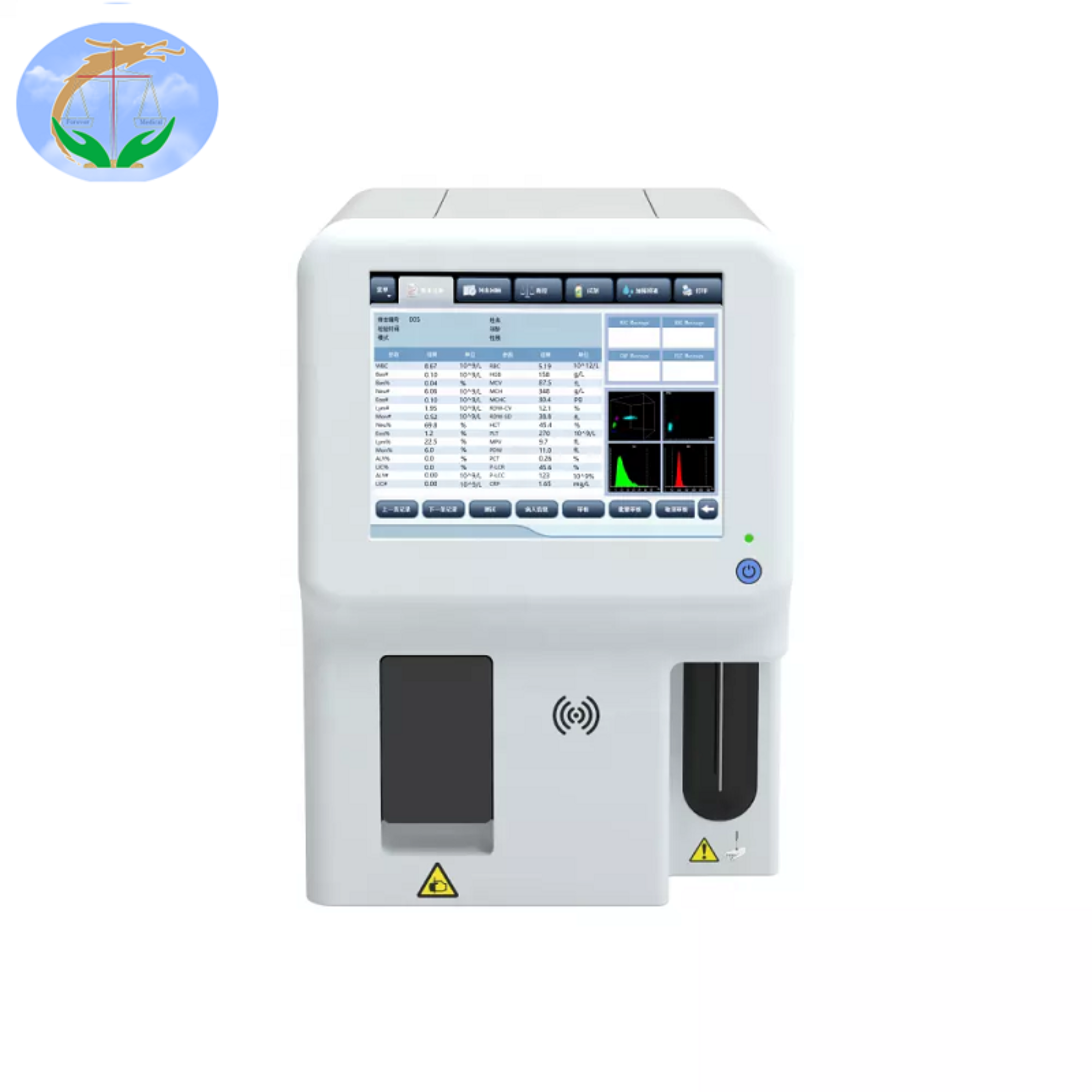In the healthcare sector, there is no denying of need for critical care equipment particularly in Intensive Care Unit (ICU). These vital items are commonly referred to as ICU Equipment and form an important part in supporting the functions of the ICU, without which patient care becomes compromised especially with respect to treating only its most severely ill patients within Health Space. Through a regular feed of various vital sign data, ICU equipment allows frontline medical professionals such as doctors & nurses to take real-time decisions and hence provide appropriate treatment in time looking at the past history. Improvements in ICU equipment have resulted to Constructive Patient Results and 100 % Handier Strategies for Diagnostics. So, here we go down with the Top 10 Hospitals along with their EEG Equipment Manufactures and how they are ruling among all other Medical Science Facilities.
A Guide to The Basic Features of ICU Equipment
ICU Equipment is the nervous system of healthcare facilities, playing a crucial role in supporting many other functions within an industry. In addition to offering real-time tracking for medical personnel and a response mechanism for patient demands, these tools enable doctors and nurses to make precise judgement on healthcare interferences like medicine dispensation as well as oxygen provision. Aside from this, ICU equipment stores crucial patient related information for emergencies to allow quick and efficient action in life-threatening scenarios.
The Latest Technologies in ICU Equipment
For the last ten years, ICU equipment has seen enormous use of state-of-the-art technology wherein everything from wireless bedside systems to advanced patient monitoring linked with MEMS sensors. The ability to wirelessly assess and remotely manage patient care through bedside wireless systems is possible because of these technological advances in healthcare. Advanced patient monitoring devices have the ability to stream significant data concerning heart output, respiratory rate and blood oxygen levels while MEMS sensors deliver intact health status read-outs pertaining to critical organs like; heart along with lungs and kidneys thereby enabling healthcare providers with crucial early warning indicators;base.
Safety Features of ICU Equipment Explained
In healthcare settings, safety is always a top priority and ICU equipment comes with different kinds of safety features which help protect the patient. Modern ICU machines are designed to have alarms if a patients' vital signs started changing. Second, the central monitoring system formed a network for all of the ICU devices and guaranteed maximal availability/uptime to critical care treatments with respect to patient safety and quality of (critical)care.
Maximizing the Use of ICU Machines
Though operating ICU machines might seem challenging but every machine comes with a user manual through which health workers can develop an insight of it. These manuals offer clear, step-by-step directions and diagrams to simplify use of equipment as well contact information for the hotline. In addition, support staff is made available so that healthcare practitioners are offered assistance in operating ICU equipment correctly to improve throughput and patient care.
Quality Service Excellence for Icu Equipment
In the case of complex ICU infrastructure, long-term service and reliability is maintained through manufacturer servicing. The function must ensure the smooth operation of ICU Devices Continuous timely bug fixes, upgradation and servicing in advance before service halting. Moreover, responsive customer service is very important to solve problems immediately which in turn helps to keep the ICU equipment performing efficiently and effectively.
ICU Equipment and its Uses
This equipment is used in various healthcare settings, including but not limited to acute-care hospitals and long-term care facilities such as nursing homes. It is a key diagnostic tool, therapeutic intervention and provides the ability to monitor patient health in real-time. These devices are used in acute-care hospitals and trauma centers to make timely diagnoses, initiate therapy for patients with critical conditions, and continuously monitor the health of residents at independent nursing homes - where changes that trigger emergency alerts can be identified more quickly.
 EN
EN
 AR
AR BG
BG HR
HR CS
CS DA
DA NL
NL FI
FI FR
FR DE
DE EL
EL HI
HI IT
IT JA
JA KO
KO NO
NO PL
PL PT
PT RO
RO RU
RU SV
SV CA
CA TL
TL ID
ID SR
SR SK
SK SL
SL VI
VI GL
GL HU
HU TH
TH TR
TR FA
FA MS
MS KM
KM LO
LO LA
LA MY
MY UZ
UZ KY
KY



